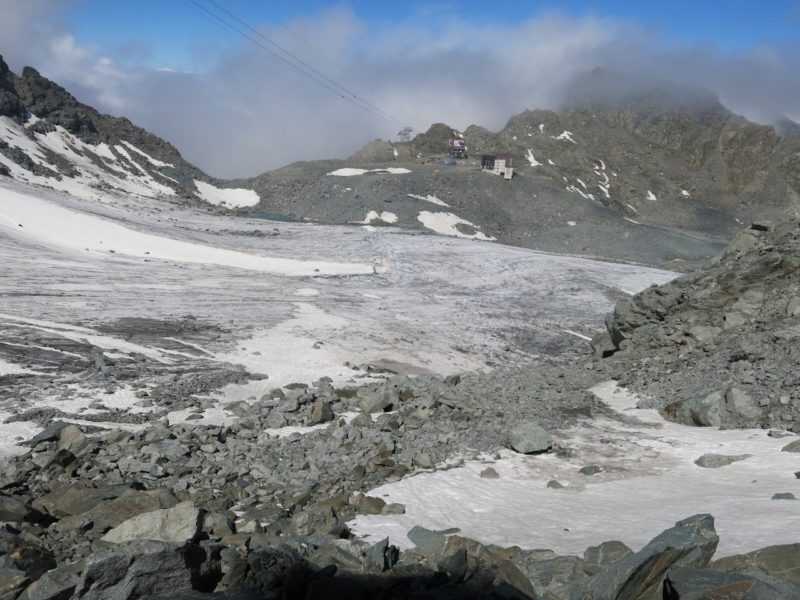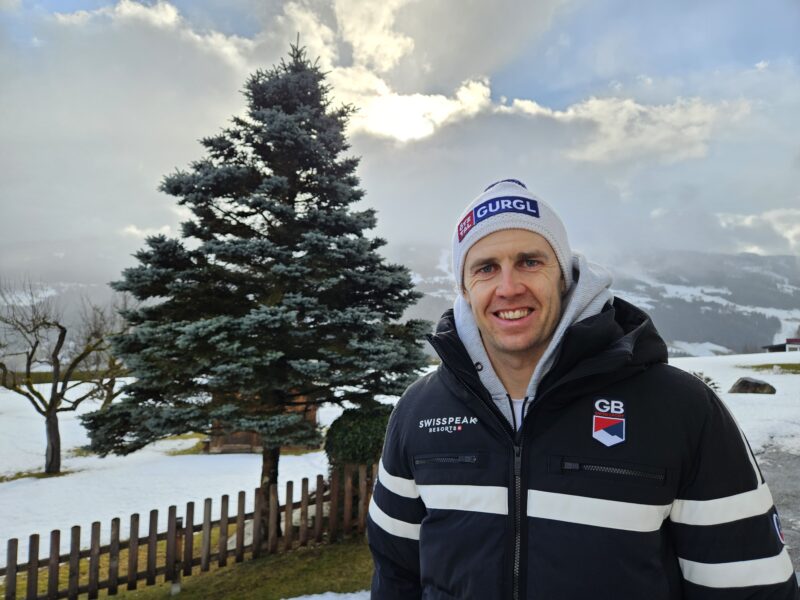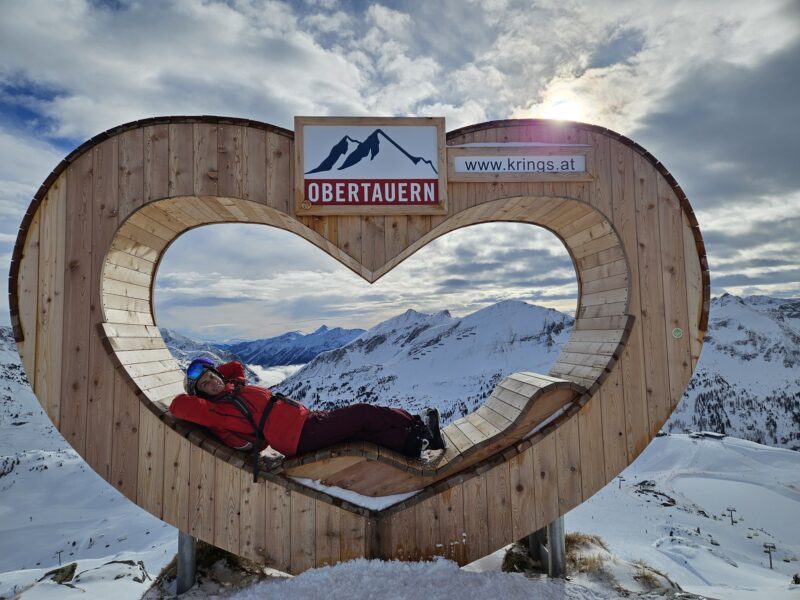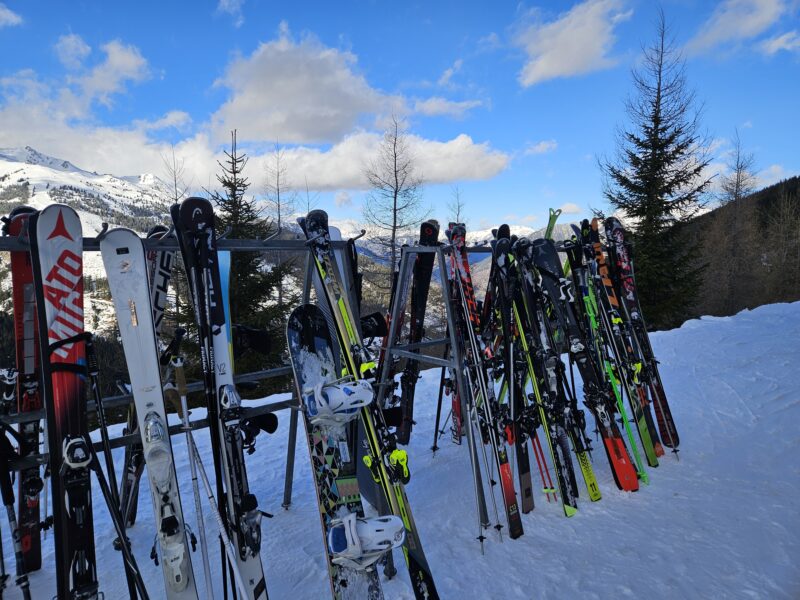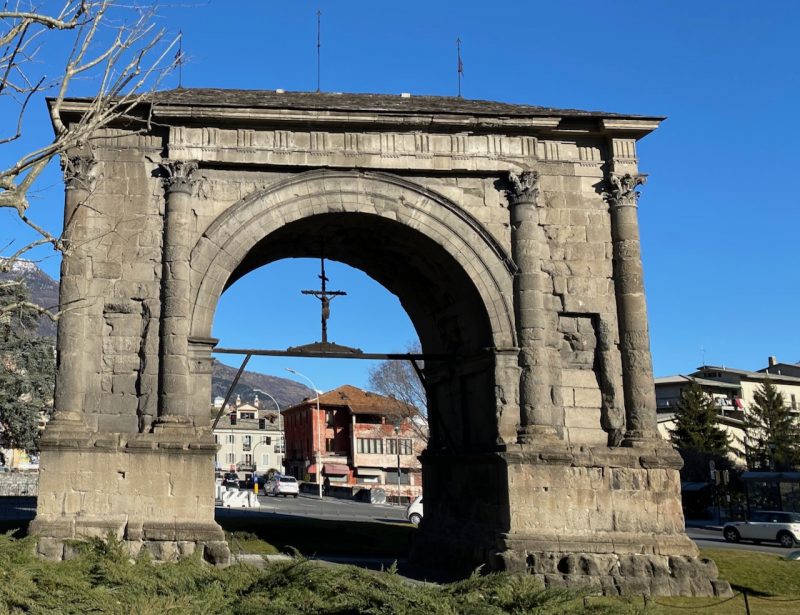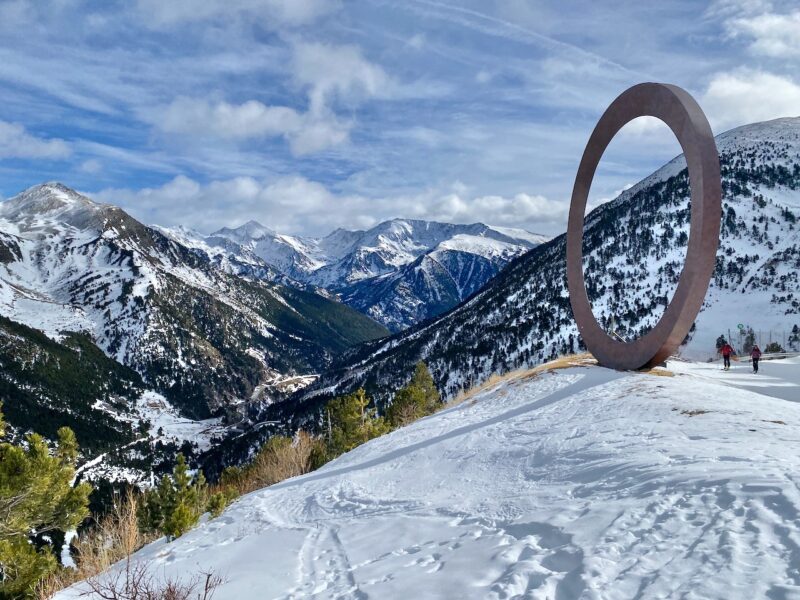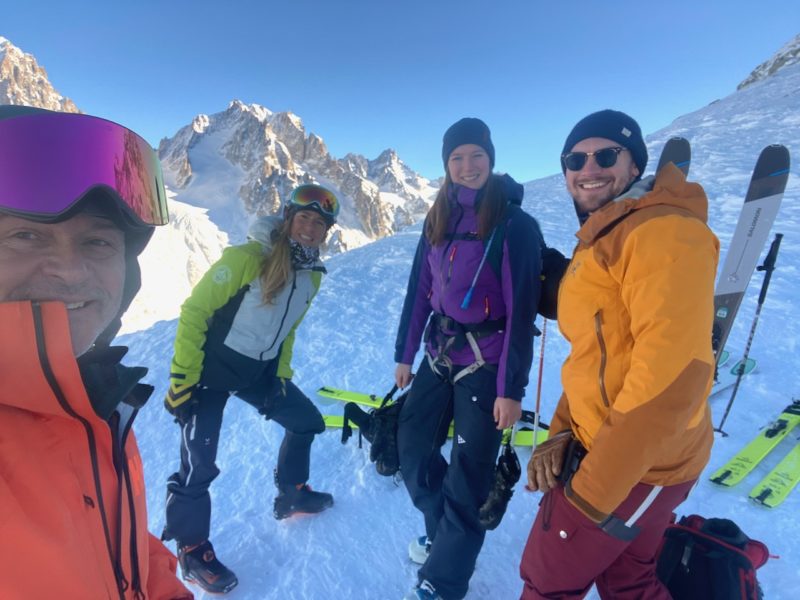Avalanche Deaths Down by a Third in Switzerland
18th April 2022
Last modified on May 5th, 2022
Low levels of snow across the Swiss Alps and some generally stable conditions prevailed according to a new report from the Institute for Snow and Avalanche Research based in Davos. There were though times of critical danger.
There have been 12 fatalities so far this season in Switzerland compared to a 20-year average of 18 by this time of year.
It was a generally poor winter for snow across Switzerland and the Alps this winter.
There were though moments of “high” danger of avalanche in Switzerland in December, February and early April.
Of the 12 fatalities seven people were in the backcountry, and five skiing off-piste.
Two accidents claimed the lives of two people.
In all other incidents it was one person.
Switzerand is the first of the ski nations to publish a detailed report into avalanches this winter.
Elsewhere Andorra has seen the most fatalities, 17.
France has recorded 9 deaths, Italy 6 and Austria 6.
In total there have been 66 avalanche deaths across the mountains of Europe, the average per season is 100.
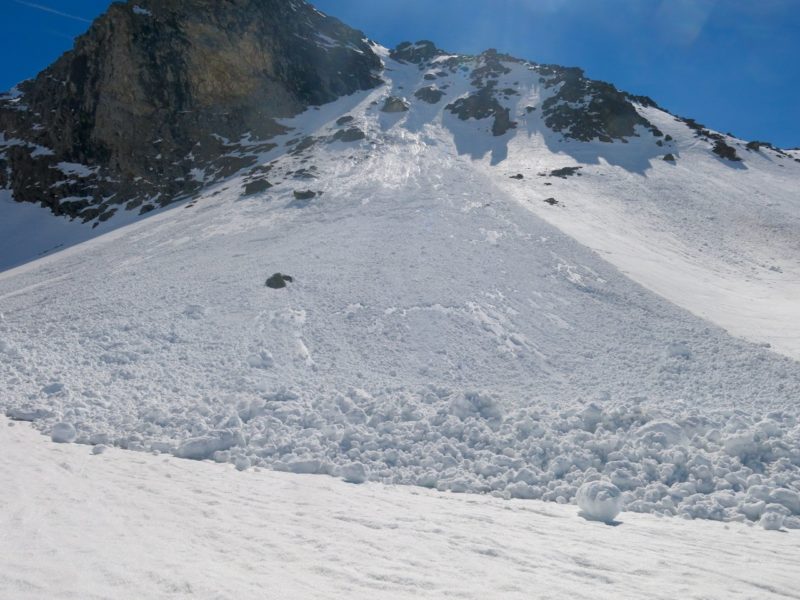
Avalanche in the Alps. Image © PlanetSKI
In Scotland there have been no deaths this winter and a sharp fall in the number of avalanches.
The Scottish Avalanche Information Service, SAIS, logged 158 avalanches this winter compared to 212 in 2020/21.
SAIS covers the six areas of Lochaber, Glencoe, Creag Meagaidh, Southern Cairngorms, Northern Cairngorms and Torridon.
There has been less snowfall this year, which broadly explains the low number of avalanches.
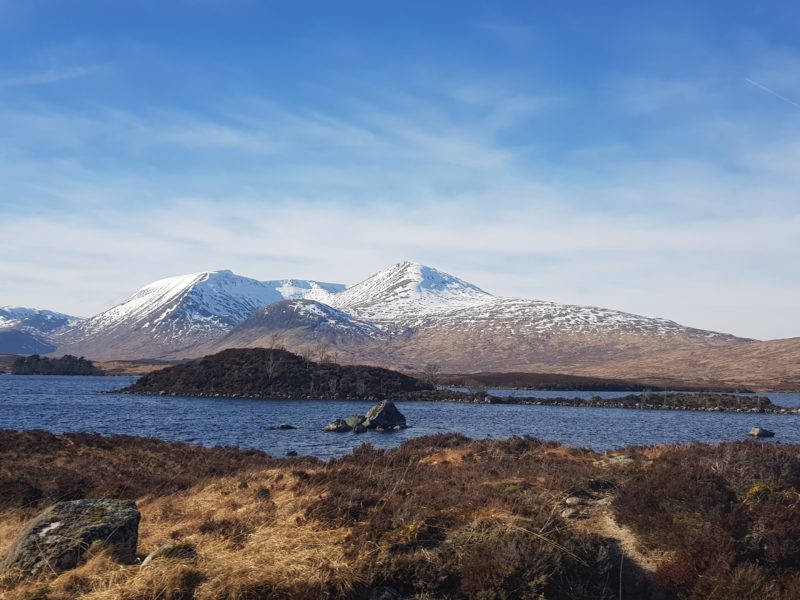
Skiing in Scotland. Image c/o Rod Frazer.
In the Alps and other mountain ranges in mainland Europe there remains some weeks of the season to go with many people now ski touring.
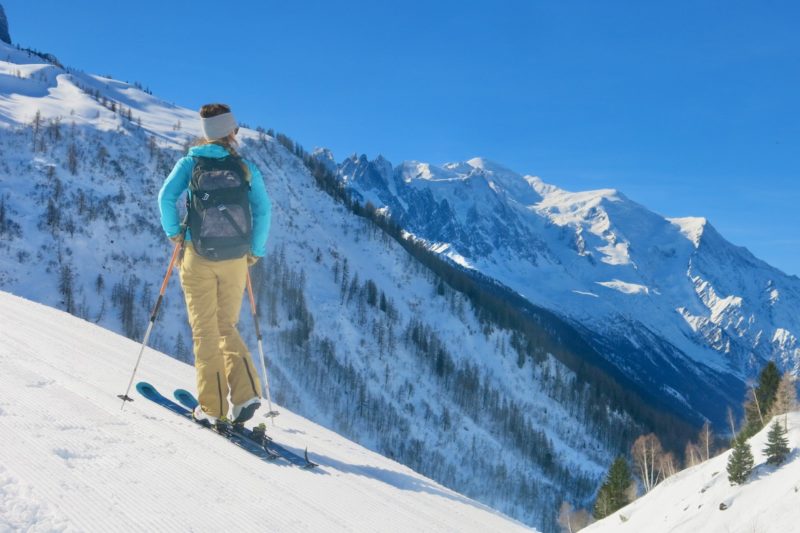
Touring in Le Tour. Image c/o PlanetSKI
The report from Switzerland described the early snow as “promising” and that the avalanche situation was “very critical” in December over large parts of the Swiss Alps.
November and December saw good levels of early winter snow, but then things calmed down.
The high levels of early snow meant at altitude snow depths remained about average, but at lower altitude they were sharply down.
From November to the end of March, the average snow depths were significantly lower than normal on the northern slopes of the Alps below 800m.
This was due to milder than average winter temperatures.
It was even worse for snow in the southern Swiss Alps.
“At some long-term measuring stations in Ticino and southern Graubünden, there has never been so little snowfall as this winter,” said the Swiss Institute for Snow and Avalanche Research in its report.
See here for the full details of the report, (in French).
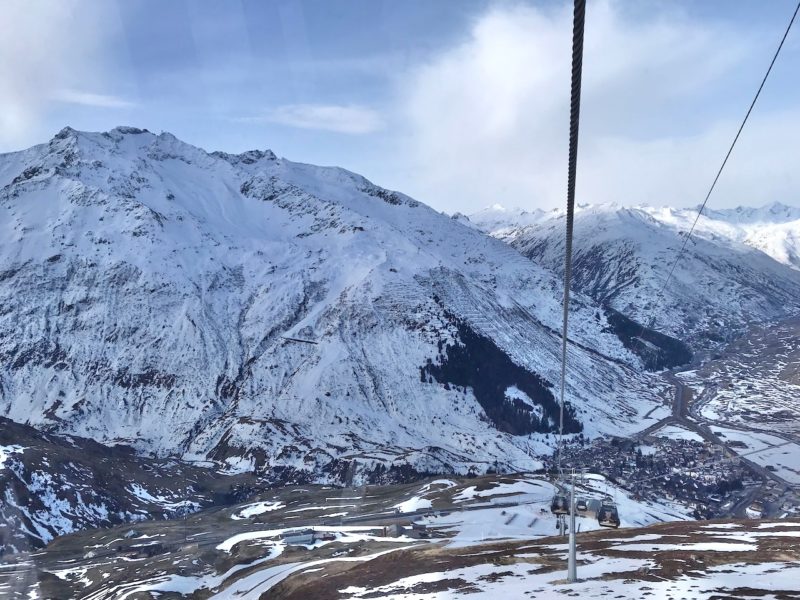
Andermatt, Switzerland. Image © PlanetSKI
At the end of December, heavy rains then caused numerous spontaneous avalanches of wet snow, sometimes very large, up to an altitude of 2,800m.
Thereafter, the snowpack “stabilized significantly”.
January was dry and sunny with some further snowfall in February that led to high danger of avalanches in some places.
The highest number of avalanche accidents of the winter took place in February.
Of the ten fatal avalanche accidents to date by February seven occurred in the first half of February.

Institute for Snow and Avalanche Research
March was another dry month with little avalanche risk.
Some of the heaviest snow has been in the past few weeks in April.
The risk was at Level 4 in places meaning “high” across parts of western Switzerland.
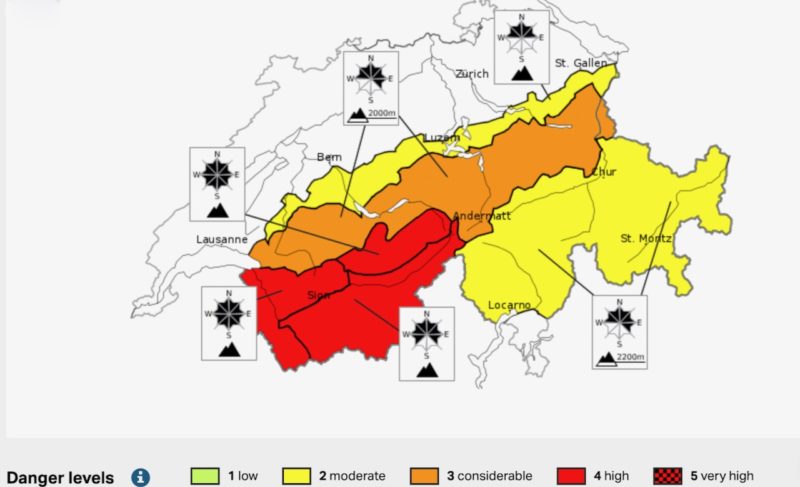
Institute for Snow and Avalanche Research
The stormy weather in April caused avalanches across the mountains of the north-west Alps as we reported on PlanetSKI:
- Investigations Continue After Two Women on Mountain Survival Course Die in Avalanche
- Two British Brothers Lucky to be Alive After Avalanche in La Plagne
In a recent incident a person was dug out of an avalanche last week in Les Menuires in France after their hand was spotted protruding out of the snow by fellow skiers.
In Switzerland 116 avalanches with injury have been reported to date – the average by this time of year is 131.
“This winter, the avalanche situation was marked by long periods of drought, but also by intense storms and rain up to high altitudes,” said the Institute.
“Both rain and drought contributed to the formation of different long-lasting fragile layers in the snowpack.
“Most avalanche accidents have resulted from breaks in fragile old snow.”
Currently the weather is warm in the Swiss Alps and the avalanche danger is ‘considerable’ at Level 3 in many places once the temperatures rise during the day.
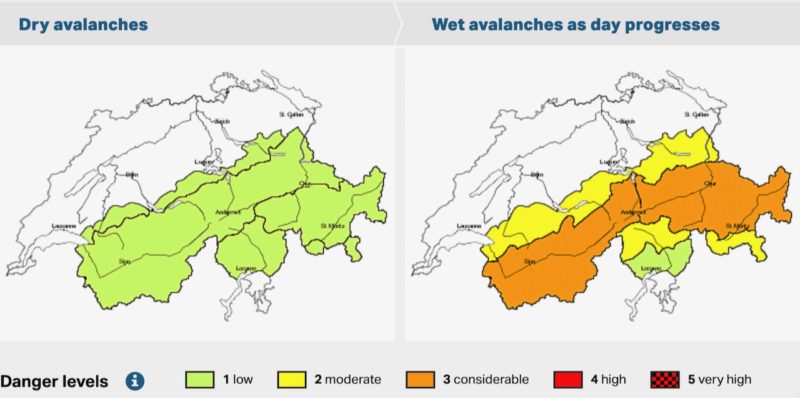
Institute for Snow and Avalanche Research
“In the early morning a generally favourable avalanche situation will prevail. Wet avalanches during the day,” says the Swiss Institute for Snow & Avalanche Research about current conditions.
People out skiing touring are advised to be cautious.
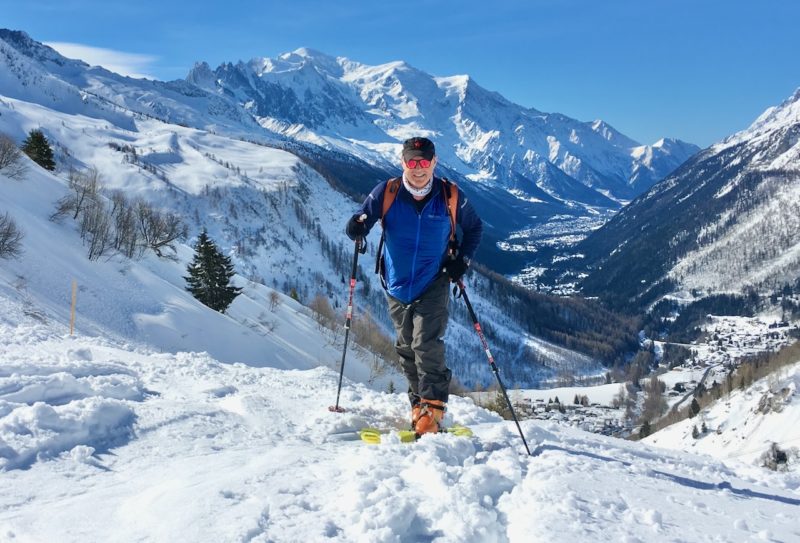
Ski Touring in Le Tour. Image c/o PlanetSKI.
Here at PlanetSKI we will shortly be posting a full and in-depth article on the snow levels this winter – do look out for that.
Our reporters have skied in over 60 different ski resorts across the Alps and we began our season in November.
Our editor, James Cove, is heading to Narvik in northern Norway this week week on Friday April 22nd.
He will then be making his final turns of the season in Val Thorens as PlanetSKI finishes its winter on May 8th at the highest resort in the Alps and the last main resort to close.
PlanetSKI’s chief reporter, Jane Peel, is in Les2Alpes later this week.
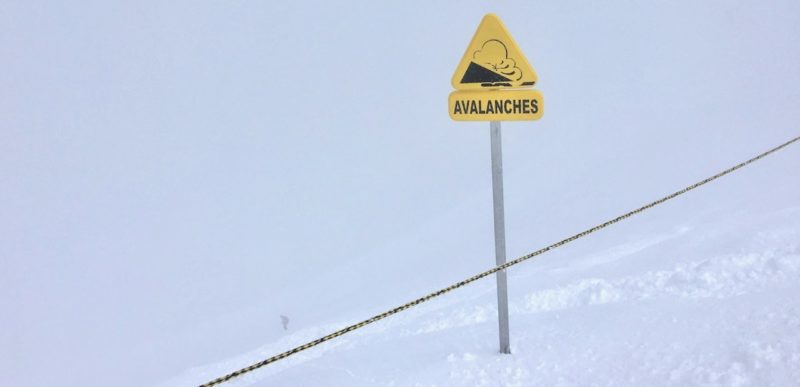
Avalanche danger. Image c/o PlanetSKI.

